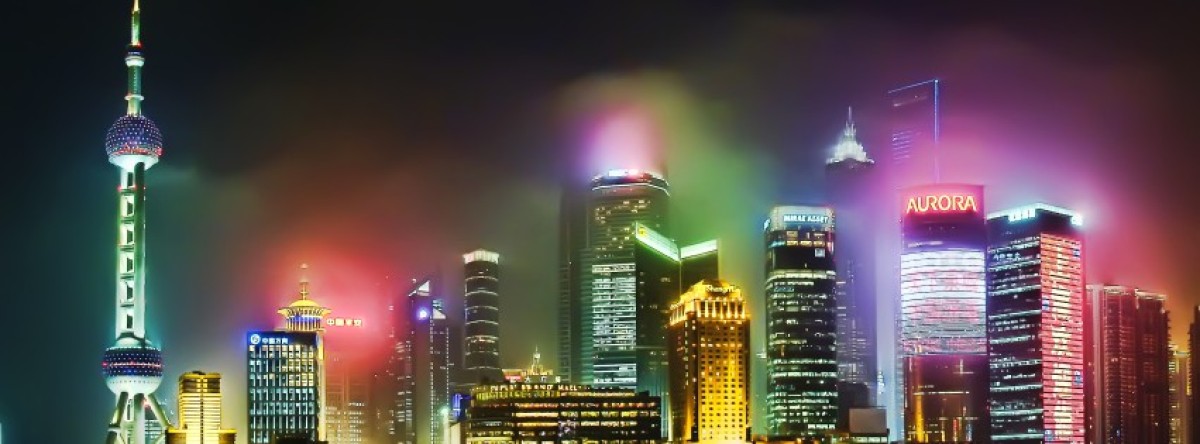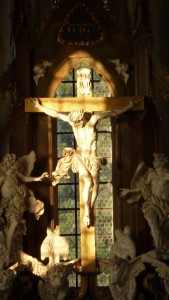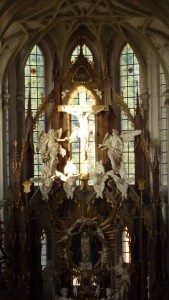When thinking about how I could relate to light over the Winter Break, I thought about two things. First, a book I got for Christmas, a Pulitzer Prize winner, All the Light We Cannot See by Anthony Doerr. I do not know whether my mum ran into the city on the 24th but I certainly did not tell her about the class earlier than that. Unfortunately, (a) I have not read the book yet and (b) it does not seem to have much in common with the class afterall. Secondly, I thought of a Czech architect Jan Blazej Santini. He is not as well know as he ought to be and for that reason I would like to dedicate the blog post to him.
Santini is often regarded as Baroque architect, however, he found his own style known as Gothicizing Baroque. The most prominent work in this style is the Pilgrimage Church of Saint John of Nepomuk in Zdar nad Sazavou (Czech Republic). Let me present it here:

This is, of course, only one of many of his works. The reason why Santini is relevant to the course is because of his work with light and while light has been always a factor in catholic sacral buildings, especially in Gothic, Santini’s work goes beyond. Light is really the medium and the surrounding architecture is the platform. It is his mean of expression, root of creativity, and truly achieves the sought higher sacral character. Once I read a phrase that really captures the previous sentences, however, it might not be the case after translation. “Santini stretched the light through his buildings.”
His staging of light makes surrounding mass looks lighter and creates an illusion of movement, one of the typical characteristic of dynamic Baroque. Through thoughtfully planned angles and with varying daytime light Santini achieves changing atmospheres and it is said (at least about Saint John of Nepomuk) that you cannot find a single spot without light in his architectonic works. On the whole, Santini designed his projects (buildings) for light, which puts Santini in direct perspective with contemporary artists we had studied over the course (or with us, students, when engaged with some of our projects).
Naturally, to fully witness and appreciate the Santini’s genius one has to see the light coming through with their own eyes. It is difficult to capture with cameras, nevertheless, I put together a clip from a movie “Santini’s Tongue” and from a documentary. While the post-production might have adjusted brightness etc., it can nevertheless work as an illustration.
Further example shows how light brings attention to the sacral ‘center of gravity’.

While writing about the difficulties to capture the light, I have recalled Antelope Canyon in Arizona. It is not necessarily fully relevant here, however, it was one of the most mesmerizing natural features I have seen.




